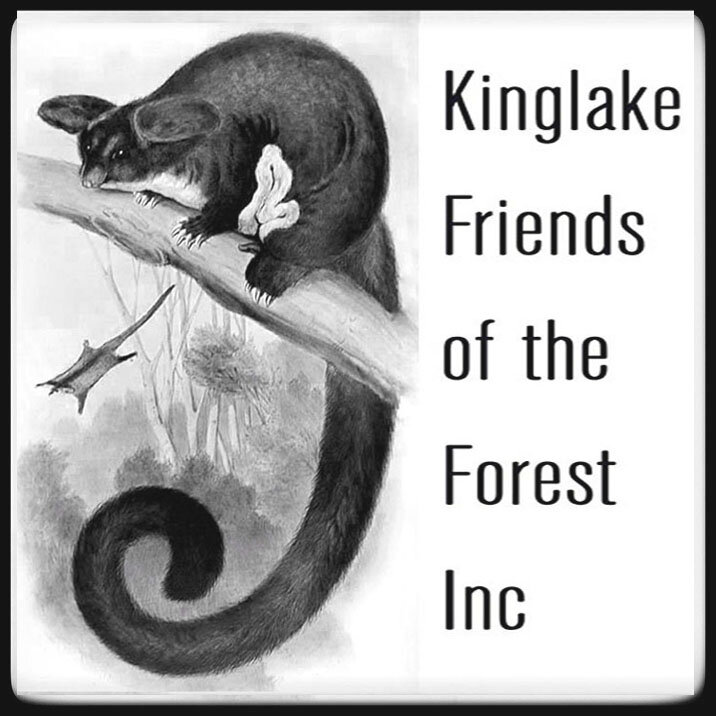A Burning Issue
Logging is not something you would immediately associate with fire, but burning – both planned and unplanned – is an issue that comes into play immediately after a coupe is logged.
An industrial logging operation only removes the stripped trunks of tree from the coupe. The rest – the crown and branches – is left behind. This is called ‘slash’, because logging is an industry in love with blokey terminology. And with fire itself.
picture: Kinglake Friends of the Forests
After the contractors have gone, VicForests will ask another government agency, Forest Fire Management (FFM), to burn the coupe. It often groups these coupe burns with hazard reduction burns, which can obscure their occurrence.
These coupe burns go as well as you would expect. They are ignited by napalm-like substances and burn at high temperatures. This destroys the biota both above and below the soil. They also create a massive smoke plume, which can affect residents living nearby. Below is a picture of a coupe burn near Warburton, in early 2020.
picture: with permission
Often these fires fail to even remove all the debris. At times they escape the coupe and burn adjacent trees (as seen below).
picture: Rubicon Forest Protection Group.
The other way logging leads to fire is by changing the flammability of that section of forest. In June 2020 The Age and Sydney Morning Herald,(1) reporting the findings of four peer reviewed articles from four institutions, summarized it like this:
… after logging, increased sunlight dries out the forest floor, thousands of fast-growing saplings per hectare increase the fuel for a fire to burn, and the wind speed on hot days increases because of the lack of a tree canopy…
This means that after logging, for decades to follow, regrowth forest is more flammable.
In summary, fire is integral to logging, both through planned burns and the more flammable forests it creates. Logging is extractivism in its purest form: profiting from the extraction of a natural resource, and leaving behind for local residents both a scarred landscape and an ongoing threat to their health and safety.
picture: Rubicon Forest Protection Group.




